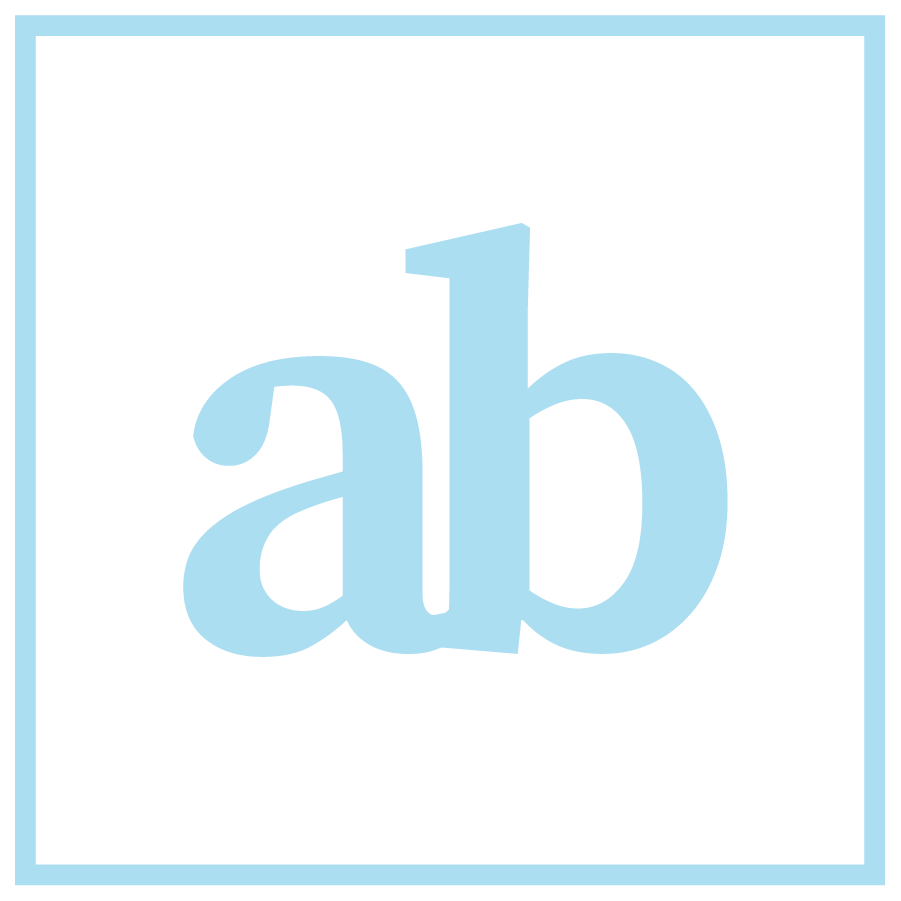
CoZone
Product design for Interactive Environments
The CoZone, featured in the November Demo Hour column of ACM Interactions, was developed in a multidisciplinary collaborative studio completed during my time studying abroad at the Technical University of Delft. The studio brings people with expertise in Psychology, Architecture, Software Engineering, Design, Mechanical Engineering and other relevant disciplines together to form a team in an attempt to answer a design challenge.
skills
Project management, user research, prototyping methods, design for manufacturabilty, woodworking, storyboarding, video editing
tools
Fusion 360, Illustrator, After Effects, Arduino, Fabrication Methods (Woodshop, Laser Cutting, Ultimakers)
time frame
Design Studio | September 2018 - January 2018
Meet The Team
Alexis Begnoche
University of Cincinnati
Industrial Design
Nanda Schellingerhout
TU Delft
Policy Analysis and Management
Jurrian van Geest
TU Delft
Mechanical Engineering
Beth Grimmer
Loughborough University
Product Design
Thijmen Langendam
TU Delft
Computer Science
Office is dead, but long live the office.
The Challenge
Employees in flex co-working spaces lose their sense of control over their surroundings and the ability to personalize their space. We were tasked to rethink the work environment for knowledge-work nomads at the AMS by designing a network of interactive objects to empower collaboration and knowledge sharing across disciplines, institutions and projects.
The insight + Approach
In person interviews and observation at AMS led us to realize that there is no coat or bag storage and people of leave items behind which clutters open desk space. Workers tend to stick to one desk, although they do want the opportunity to move around the space and take their items with them.
Floor plan of the AMS Institute we designed for.

The Solution
We developed a mobile pegboard that gives workers partial control over the open work floor by allowing them to divide the space into zones via the cart, providing a customizable and personalizable surface in the process. The pegboard offers coat and bag storage, lockable rolling wheels for stability and mobility, and both USB and power outlets for charging and powering individual devices and modules. We utilized IKEA modules to create functional board storage and developed powered modules to allow workers to customize the space to their needs, some of which interacted with the environment to communicate residual data from the surrounding environment like internal and external climate.
a mobile pegboard that gives workers the ability to control and customize their cowork environment.
The Modules
NFC Scanner
Workers use pre-existing NFC tags to indicates the number of occupied seats at a working table. Potential concept modules include individual data tracking for workers and a personalized digital picture frame.
Gemma Charging
Charging station for personal work timers and mobile devices.
External Climate
Displays the upcoming weather in Amsterdam for the next 3 hours.
Inside Climate Control
Displays internal temperature, CO2 level, and humidity in the working area
Community Plant Care Indicator
LEDs indicate whether or not plants need water so that any worker in the flex space can help maintain the plant.











